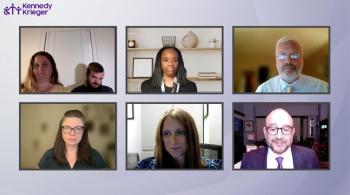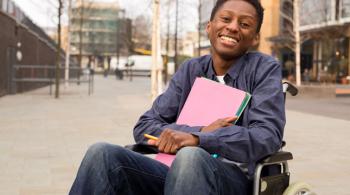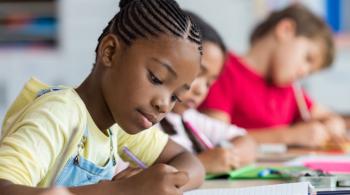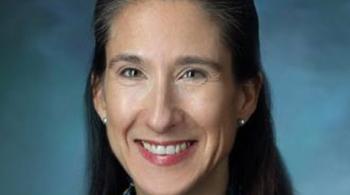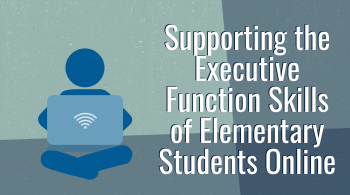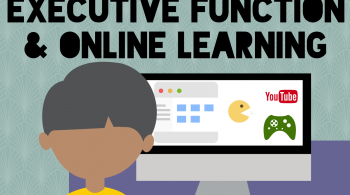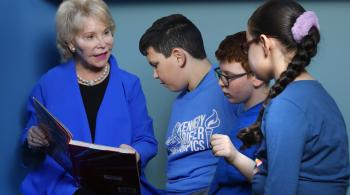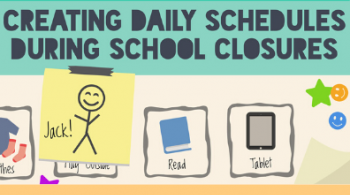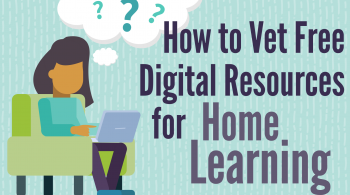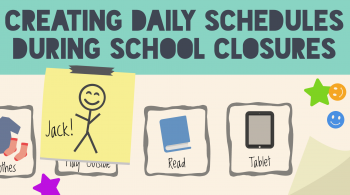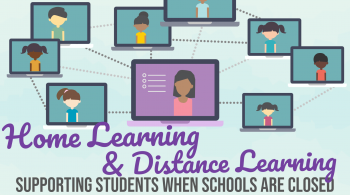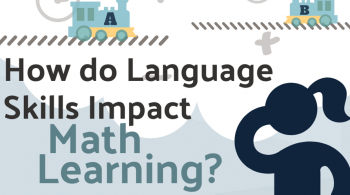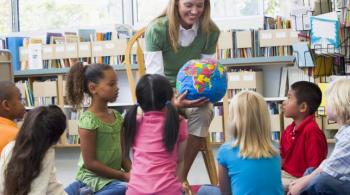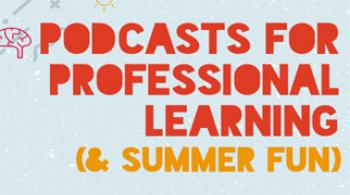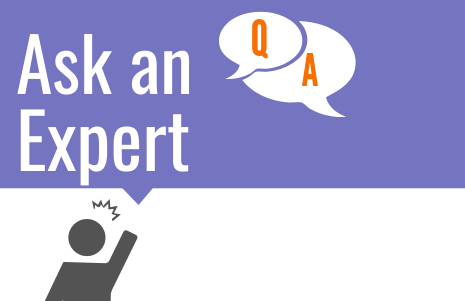
Lisa Carey (LC): Today, I’m talking with Clifton Thornton, a pediatric oncology nurse practitioner and PhD Candidate at the Johns Hopkins School of Nursing, about communication between medical and schooling teams. Why don’t you tell us a bit more about your work and research interests?
Clifton Thornton (CT): As someone who is responsible for, and I guess an expert in, the delivery of cancer therapy I help manage and direct cancer treatment for children, adolescents, and young adults with cancer. That includes identifying, diagnosing, and managing some acute and chronic effects from therapy. In my research I focus on developing a better understanding of how symptoms of cancer therapy develop and identify ways that we can either treat these symptoms or ways that we can help people with these symptoms live to their full potential during and after cancer treatment.
LC: You and I are both part of an interdisciplinary research lab focused on improving schooling experiences and outcomes for children and adolescents with cancer. You’ve recently conducted some research regarding how medical providers communicate about schooling with both families and teachers. What are some important findings from that research that you think educators should know about?
CT: Previous research, as well as our most recent research, have really identified that there is a disconnect between the three major players in the life of a child or adolescent with cancer; the families of children with cancer, the medical providers, and the school team. These three groups each have a different, critical focus, but they are sometimes out of sync. The medical providers and school teams, especially, use a lot of different terminology that is specific to their specialty areas. This difference in focus and terminology makes communication really difficult.
So, what we're trying to do is find out how we can best ally these groups. For example, educators are obviously very focused on teaching and learning and clinicians are very focused on clinical therapy. There isn't a lot of shared understanding between the groups of how those two things impact each other. For example, on the medical side, we know that there is a risk of cognitive impacts on cancer and therapy, but we need to improve how that communication happens with families and with the school staff and make sure that communication is as meaningful as possible.
The other things we’ve found is that clinicians (and I include myself in this) don’t always have a great grasp of what is entailed in delivering great instruction that is tailored to the needs of children with life threatening, chronic medical conditions and neurocognitive disabilities, so we need to work on better collaboration with our patients’ school teams.
LC: That makes a lot of sense. The medical team is trying to keep their patient healthy, and the school team is trying to ensure educational progress, and everyone needs to think in a more wholistic manner.
In the spirit of improved communication, as a medical provider, what are three top things you’d like educators to know about children and adolescents with cancer?
CT: I find myself gently reminding people that children with cancer are still children, (and adolescents with cancer are adolescents), regardless of the circumstances they are in. We need to continue to treat children like children, they are not as fragile as they may seem, and they respond well to being treated like other kids their age. It helps with their development, autonomy, and self-image.
The second thing is that adults sometimes miss additional educational needs that a child may have because kids with cancer face a very maturing event that often helps them develop a lot of interpersonal skills that other children don’t have. They can become quite good at communicating with adults and can be quite charismatic. This can cause us to miss the skills that haven’t developed as well.
LC: You mean like missing issues with reading and writing because we are distracted by how great of a conversationalist a student might be?
CT: Yes, exactly. In my experience some kids get so good at speaking with adults with maturity that it can become easy to glaze over that there may be some significant educational struggles.
The third thing I’d want educators to know is that all children who have cancer or other significant medical conditions may be experiencing adverse effects from both their disease and therapy that extend beyond the physical and impact areas of psycho-social and/or mental health.
LC: That’s a great point. Ensuring that students with significant medical conditions get needed mental health and behavioral supports within the school setting is an important part of helping them thrive academically.
CT: Right, and, as we discussed earlier, childhood cancer and treatment has been shown to impact the learning process, which often requires additional educational supports.
LC: Yes, sometimes school teams are unaware that many kids with cancer, or who have recovered from cancer, are eligible for special education or 504 plans.
As you mentioned earlier, we really need the medical providers and school team to communicate for the benefit of kids with cancer and that communication needs go both ways. So, in your clinical experience, what’s the best information educators can provide?
CT: Well, I love getting success stories, like graduation photos. Those are just always a real boost! But, when it comes to communicating to better support patients, I always want to hear about any struggles going on, even if it seems small. That helps me make sure that any other medical providers that need to be involved in the case get called in. For example, if I hear that a patient is having some trouble with getting work done in school, I can refer the patient to the neuropsychology team and we can get a better picture of what’s going on. So any kind of issues, if you let us know about it, we can coordinate a response and a potential intervention.
LC: And I just want to clarify for our readers, all of this communication only happens after a patient’s family has signed consent forms to permit the medical providers and school team to communicate.
CT: Right! We are only communicating with explicit permission to protect patient privacy.
LC: So to finish up this great interview, what are some changes you’d like to see with regard to the ways medical providers and school teams work together to support children with cancer?
CT: Two things. One, I’ve always really appreciated the teachers and school teams that maintain strong relationships with children and families throughout the treatment process. It provides a lot of great routine and it provides a great social outlet for our patients. Continued communication also supports their transition back to school once treatment ends. So, any interaction between the school and medical team is always welcome - it makes such a difference. I’d like for us to find ways to support that happening more often.
The second thing, is that I hope in the future that all pediatric hospitals will be able to get the resources to have educators and school liaisons on staff and available to help schools, families, and the medical team communicate. I’ve worked in hospitals that have those resources and it’s incredible and does wonders.
LC: I would like to see those types of supports for communication between medical and school teams as well! Cliff, thank you so much for taking time to speak with me today about communication between medical providers and educators. I really appreciate you sharing your experiences and expertise with our audience of educators. Take care!

